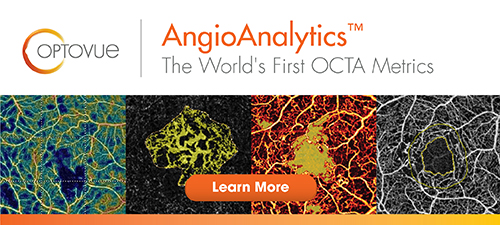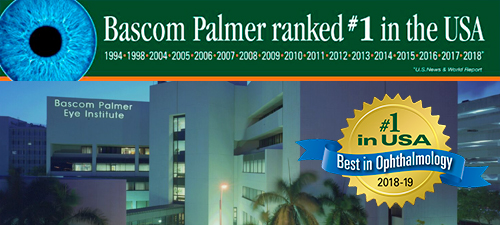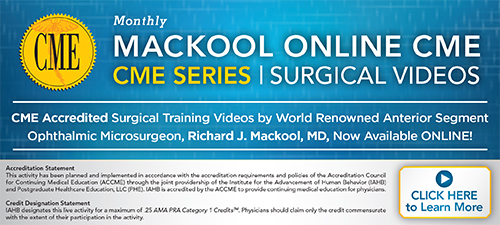FROM THE EDITORS OF REVIEW OF OPHTHALMOLOGY:

Volume 18, Number 40 |
Monday, October 1, 2018 |
|
OCTOBER IS HALLOWEEN SAFETY MONTH |
|
||||
|
DWEK vs. DMEK to Treat Fuchs’ Endothelial Corneal Dystrophy Scientists compared the visual outcomes and associated morbidity of patients with Fuchs’ endothelial corneal dystrophy treated with Descemet’s membrane endothelial keratoplasty or descemetorhexis without endothelial keratoplasty.
|
|
| SOURCE: Huang MJ, Kane S, Dhaliwal DK. Descemetorhexis without endothelial keratoplasty versus DMEK for treatment of Fuchs endothelial corneal dystrophy. Cornea 2018; Sep 14. [Epub ahead of print]. |  |
|
|||
|
Long-term Low-dose Aspirin and nAMD Researchers wrote that the association between long-term cardioprotective aspirin use and neovascular age-related macular degeneration is controversial. They performed a retrospective, population-based study using a nationwide cohort from clinics and hospitals in South Korea in an effort to estimate the risk of nAMD with long-term regular use of low-dose aspirin.
|
|
| SOURCE: Rim TH, Tae Keun Yoo, Jiyong Kwak, et al. Long-term regular use of low-dose aspirin and neovascular age-related macular degeneration: National sample cohort 2010–2015. Ophthalmology 2018; Sep 18. [Epub ahead of print]. |  |

|
|||||||||||||||
 |
|||||||||||||||
Review of Ophthalmology® Online is published by the Review Group, a Division of Jobson Medical Information LLC (JMI), 11 Campus Boulevard, Newtown Square, PA 19073. To subscribe to other JMI newsletters or to manage your subscription, click here. To change your email address, reply to this email. Write "change of address" in the subject line. Make sure to provide us with your old and new address. To ensure delivery, please be sure to add reviewophth@jobsonmail.com to your address book or safe senders list. Click here if you do not want to receive future emails from Review of Ophthalmology Online. Advertising: For information on advertising in this e-mail newsletter or other creative advertising opportunities with Review of Ophthalmology, please contact sales managers James Henne or Michele Barrett. News: To submit news or contact the editor, send an e-mail, or FAX your news to 610.492.1049 |






